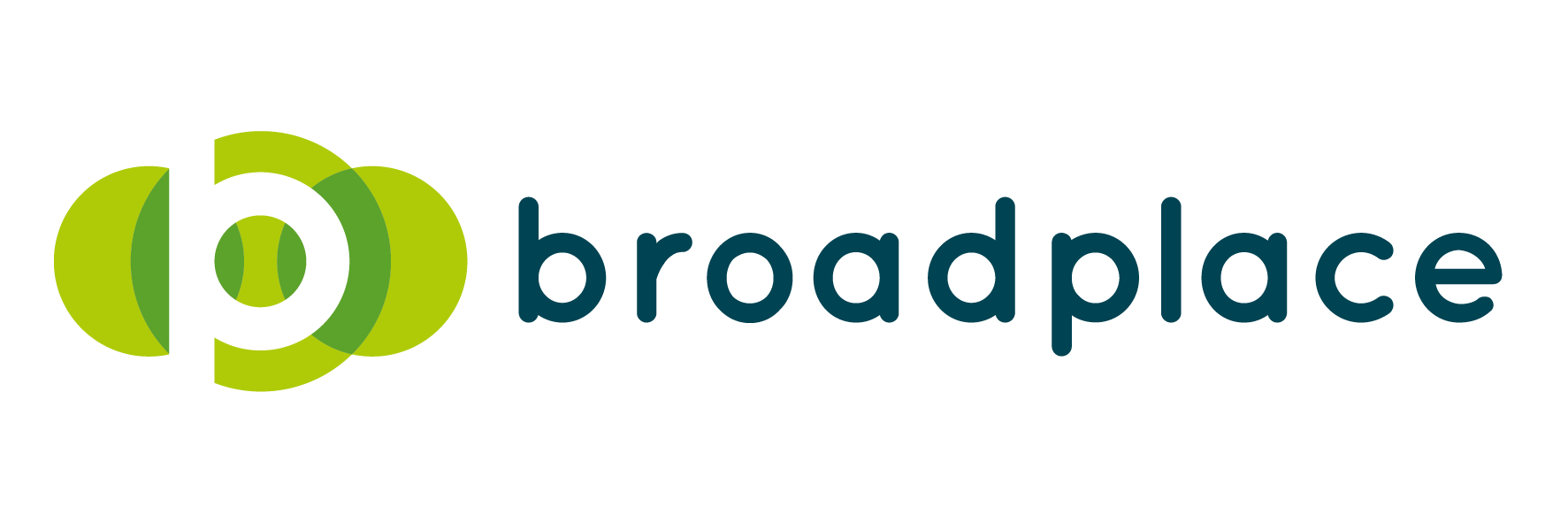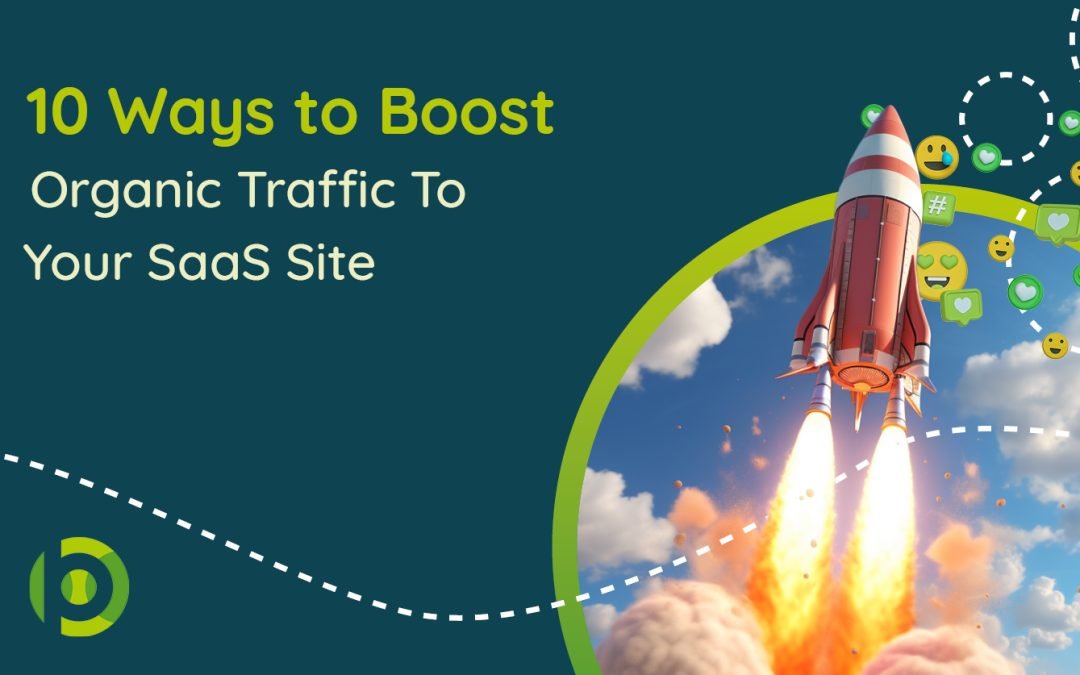Doing SEO on a SaaS website is hard. Like really, really hard. The niches they operate in typically have intense competition for low search volume terms that are part of a sales funnel that is complex and often quite long.
As a result, many SaaS businesses often turn to paid advertising. But this is a mistake!
If done right, SEO can be a massive traffic driver for your SaaS and power every stage of the funnel. In this post, we’re going to talk through 10 ways to increase the amount of organic traffic to your SaaS site.
Why SaaS Sites Need To Do SEO
Before diving into how to improve Organic traffic, we need to look at why SaaS sites should be doing SEO. Below are a few of the key reasons.
SEO Converts At A Higher Level:
Implementing an SEO strategy targeting high-intent long-tail keywords can lead to significantly higher conversion rates than outbound leads. SEO generates traffic from users actively searching for your solution, making them more likely to convert into paying customers.
Recurring Revenue Model:
Organic traffic attracts potential customers who are genuinely interested in your product, making them more likely to subscribe and remain loyal to your SaaS service over time. This is particularly important for businesses that rely on recurring revenue models.
You Can Target Every Section Of The Funnel With It:
SEO is versatile, allowing you to target potential customers at every marketing funnel stage, from initial awareness to the final decision-making phase.
PPC Spending Can Be Inefficient:
While paid advertising (PPC) can provide short-term benefits, it can be inefficient in the long run. Relying solely on paid channels may not yield sustainable results, as costs can quickly increase.
Product Education:
Organic traffic often lands on informative content, tutorials, and resources that educate potential customers about your SaaS product’s value. Educated users will likely see the benefits and invest in your solution.
Global Reach:
SEO and organic traffic enable your SaaS business to reach potential customers worldwide, unlike paid advertising, which requires targeting specific locations.
In short, effective traffic generation for SaaS companies plays a critical role in long-term growth. We delve into this topic and how it differs from traditional SEO in this post.
Our Tips To Boost Organic Traffic To Your B2B SaaS Site:
1. Make Sure You’re Targeting The Right Terms
Keyword research is a task where you can identify and analyse what your users are searching for. These keywords are crucial because they inform you about what you should target and what content to create.
But not all keywords are created equal. Some have higher traffic volumes, some are more competitive, some are from people looking to convert, and some are from people looking to solve a problem or educate themselves.
So picking the right ones for what you want to achieve and where your website is at versus the competition will be the difference between success and failure.
As a rough rule of thumb, it’s always better to target longer-tail keywords. Long-tail keywords are more specific phrases that are typically lower competition and, therefore, easier to rank for. Also, because they are more specific, it’s a lot easier to pinpoint the intent of the search, so you are able to understand exactly what content you need to create for that user.
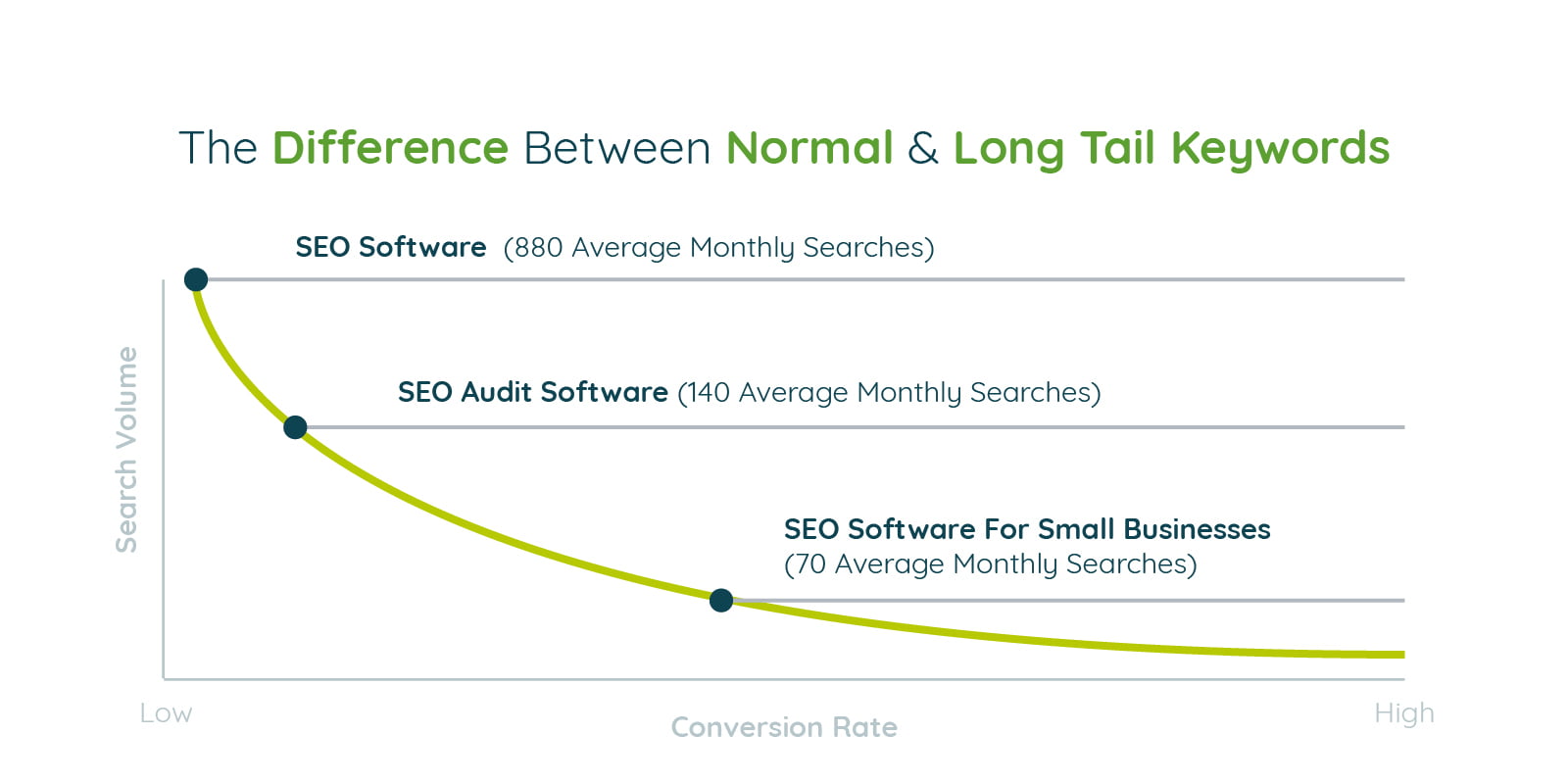
2. Naturally Generate Backlinks With Blog Posts That Roundup Your Industry Stats
Backlinks are links from other websites that point to your site. They are considered “high-quality” when coming from authoritative sources such as the BBC, Forbes etc. Backlinks are crucial in search engine algorithms, as they signal your credibility and authority. The more high-quality backlinks your site has, the better your chances are of ranking higher in the SERPs and driving more organic traffic.
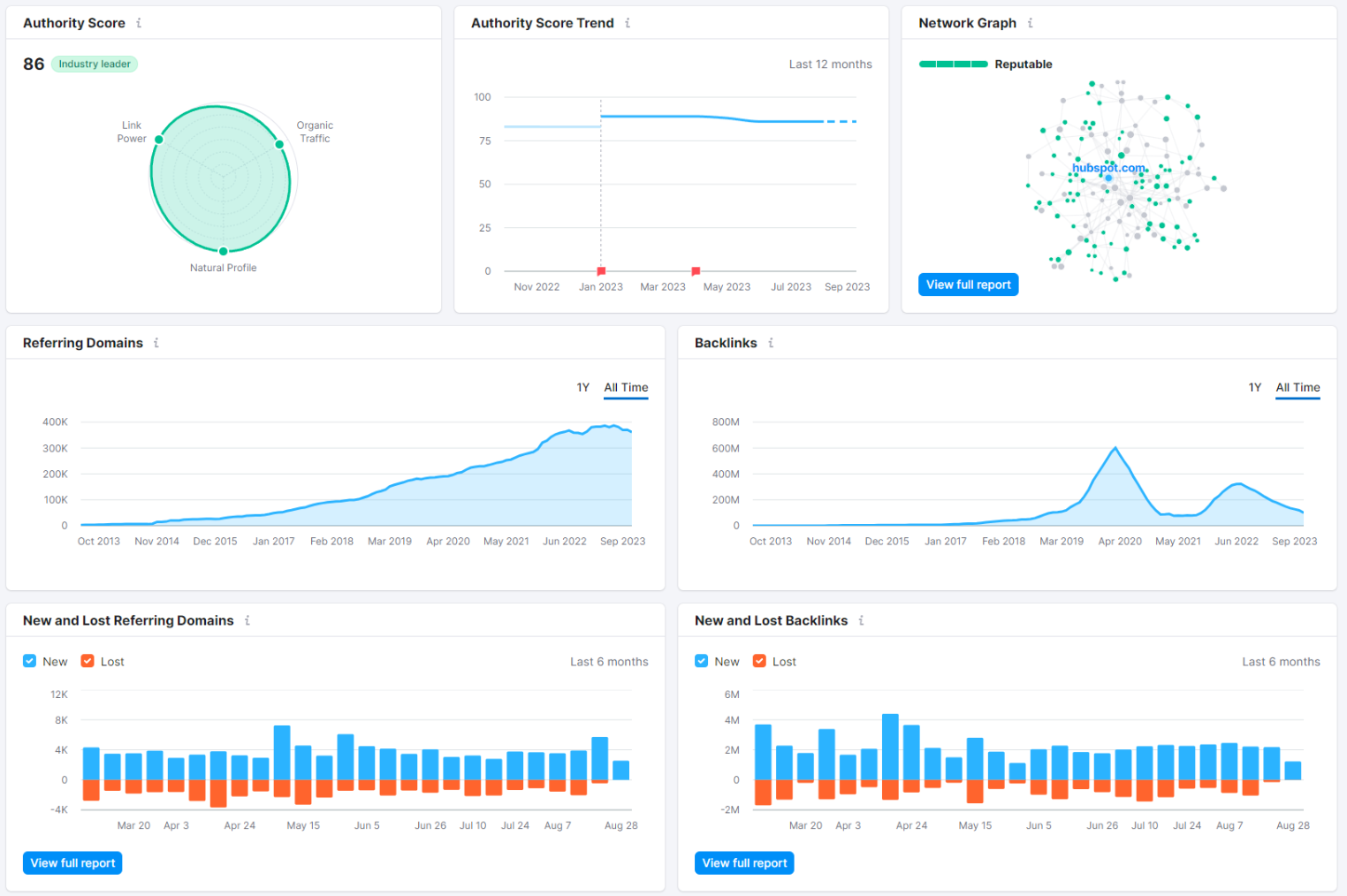
One of the best methods many SaaS businesses employ to naturally generate backlinks over time is to provide users with key stats related to your niche.
This works because, in most SaaS niches, it’s tough to find good stats. So, when you provide that info, people naturally want to link back to your posts. It’s like getting backlinks without even trying. Plus, sharing stats not only shows you know your stuff but also grabs the attention of others in your field and establishes you as a thought leader.
Here’s where it can get even better, most SaaS companies have a dedicated user base and data they can use to generate stats for their industry, and by blending this with hard-to-find industry stats, you can create something that is 10x more linkable.
3. Create Landing Pages For Every Solution, Use Case & Persona
One of the biggest mistakes SaaS sites make, from an Organic perspective, is that they just have too few landing pages. They will typically have a one-page captures-all mentality which just doesn’t work.
If you truly want to get your Organic performance purring, you will make sure that you create landing pages that target the following:
- Searches around features: Highlight specific features of your SaaS product, demonstrating how they address customer pain points and add value.
- Searches around solutions/use cases: Showcase how your product can solve specific problems or meet the needs of various target audiences.
- Searches around solution + job roles: Tailor landing pages to address the needs and interests of different job roles or personas within your target market.
- Searches around solution + business sizes: Craft landing pages catering to larger organisations and enterprises, emphasising scalability and customisation.
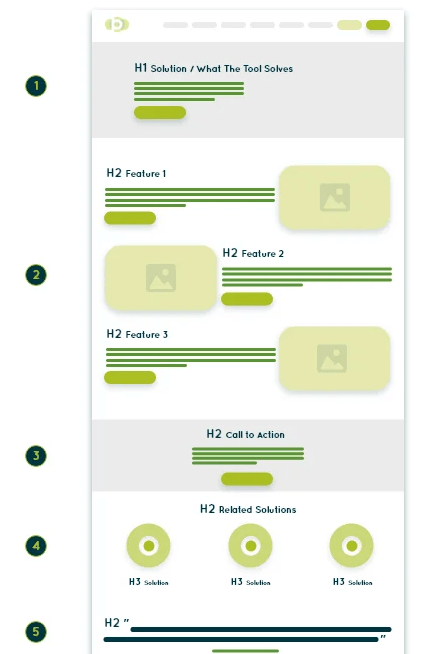
If you want more detail on what those pages should look like, check out our post on the essential landing pages for SaaS websites.
4. Create Comparison Pages To Target Vs Searches
Unless your product is the only solution to a specific problem, then the likelihood is that it will have competitors. That means that during the buying cycle, your potential customers will likely compare your product to theirs.
That’s why you’ll see a lot of {Your tool} vs. {Their tool} searches, and if you want a chance to capture them and be able to put a fair and accurate case across for your product, you better create a landing page for them.
5. Implement The Technical SEO Basics On Your Site
Enhancing the technical foundation of your SaaS website is crucial for boosting its visibility and driving organic traffic. Technical SEO involves optimising various backend elements to ensure your website is structured for both users and search engines. By focusing on the following key aspects, you can significantly improve your site’s performance and search engine rankings.
Site Speed and Performance:
A fundamental aspect of technical SEO is ensuring your website loads quickly. Slow-loading pages can lead to higher bounce rates and lower search engine rankings. To enhance site speed, minimise HTTP requests, compress images, and leverage browser caching. Regularly monitor your site’s performance using tools like Google PageSpeed Insights or GTmetrix, and address any issues that may be slowing it down.
Mobile Responsiveness:
In an era where mobile usage is prevalent, having a mobile-responsive website is non-negotiable. Mobile-friendliness is critical as Google is a mobile-first index, so it will rank your page based on the mobile version of the site.
Indexing and Crawling:
Ensuring search engines can efficiently crawl and index your site’s content is essential for its visibility in search results. Create a sitemap.xml file and submit it to search engines to help them understand the structure of your website. Utilise robots.txt to guide search engine bots on which pages to crawl and which ones to avoid. Regularly monitor crawl errors through Google Search Console and address any issues affecting the indexing of your pages.
By focusing on these technical SEO basics, you can lay a solid foundation for your SaaS website’s success
6. Identify Your Key Competitors & Identify What’s Working For Them
Conducting a thorough analysis of your competitors can provide valuable insights to enhance your SaaS website’s performance and drive organic traffic. By understanding what strategies work for them, you can fine-tune your own approach.
Here’s how competitor analysis can contribute to your success:
Uncover Effective Tactics:
Identify strategies that are yielding positive results for your competitors but are currently absent from your approach. Explore their content, keywords, and backlink profiles to understand what’s driving their organic traffic. By incorporating similar tactics into your strategy, you can tap into proven methods and potentially attract a wider audience.
Focus on Your Weak Points:
Recognise the areas where your competitors outshine you. Analyse their strengths, and use this information to prioritise improvements in areas where you might be falling short. By addressing these weaknesses, you’ll enhance your site’s overall competitiveness and bolster your organic traffic potential.
Identify Untapped Opportunities:
While examining your competitors, keep an eye out for gaps in their strategies that you can also exploit. These gaps represent opportunities for both you and your competitors to expand your reach. By identifying niches or topics that are underserved, you can tailor your content and SEO efforts to capture an audience that may not have been previously addressed.
By thoroughly evaluating your competitors, you can fine-tune your SaaS website’s strategy and make informed decisions that lead to increased organic traffic. Utilise the insights gained to refine your approach, incorporate successful tactics, and address weaknesses.
7. Build Your Content Strategy Around Jobs To Be Done
If you want to get traffic for terms that are relevant, that allow you to feature your product and target the upper and middle parts of the funnel – you better be targeting them around the things users do.
That’s where the Jobs To Be Done framework comes in.
It’s a way of helping you to identify the key tasks that your audience and personas do by mapping them out. By then putting them at the heart of your content strategy, you’ve got a list of key topics by which you can do keyword research around and build a scalable strategy that is focused on people who actually need your tool.
8. Utilise Guest Blogging
Guest blogging isn’t the most fashionable of tactics any more (and for good reason) but in some niches, it can be a great way to expand your audience and increase brand awareness.
That increased brand awareness usually leads to more brand searches, which then leads to … you guessed it – more traffic.
There’s also a secondary benefit to guest posting. You’re usually credited with a link back to your website. With backlinks being one of the most important ranking factors, a guest post on the right site can really help to improve the performance of landing pages across the site.
9. Produce Content For Each Stage Of The Buyer Journey
If you want to drive traffic to a SaaS website, producing content across every stage of the buying journey is critical. The search volumes and awareness around SaaS products are typically lower, and as a result, most of the volume is actually in the top or middle of the funnel.
That means that if you want to drive traffic and awareness for your product, the strategy has to be as much about targeting the top and middle of the funnel as it is the bottom.
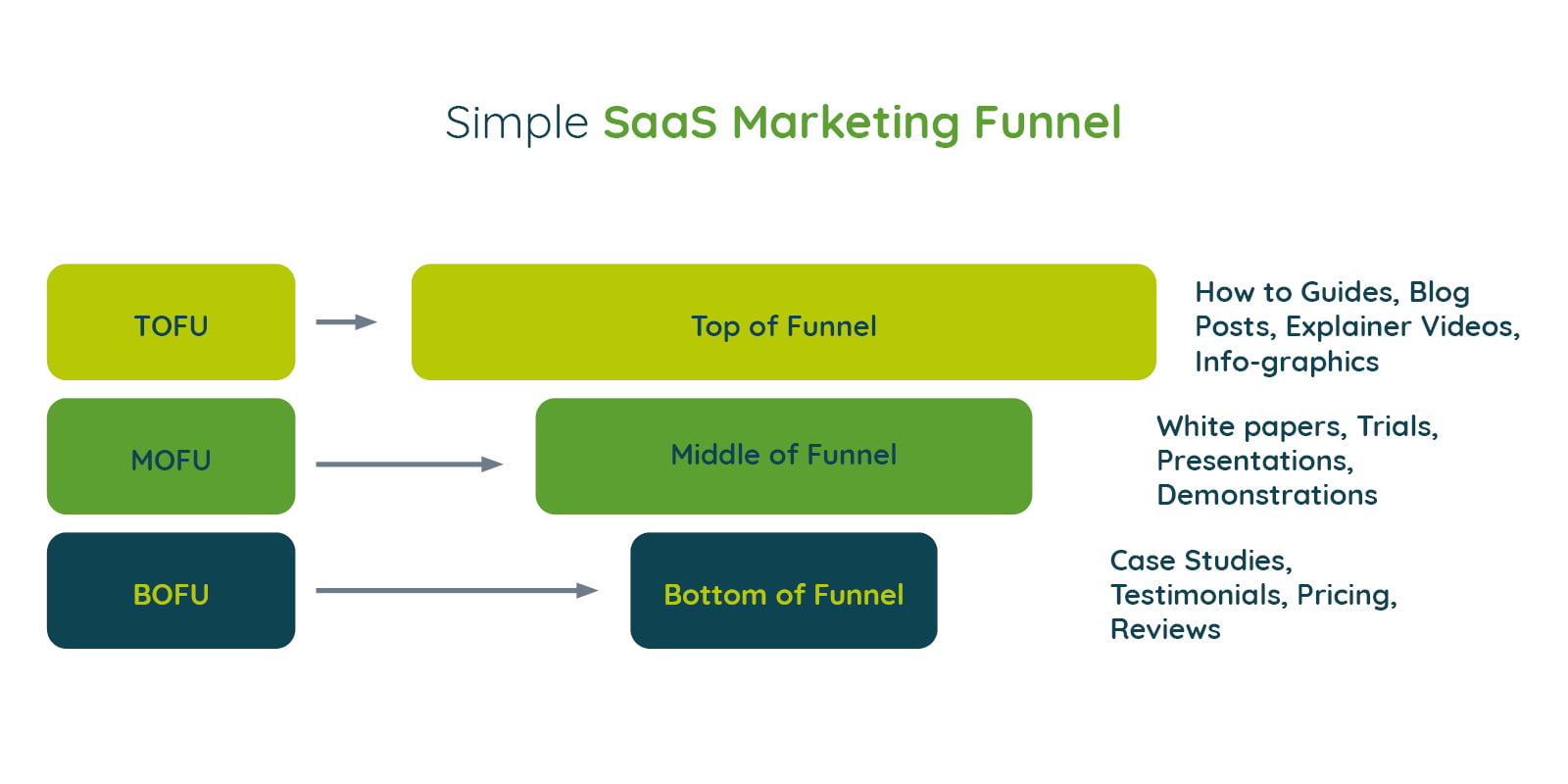
10. Internally Link To Your Important Landing Pages & Content
Internal links might not be a traffic driver in their own right, but if you don’t get your internal linking strategy right, you’ll rank a lot worse than you could do.
Internal links pass authority around your site and indicate to Google which are your most important pages. So if you’ve got a critical landing page or piece of content with a really low number of internal links, you’re basically signalling to Google that it isn’t that important.
If you want to increase the number of internal links on your site, try to incorporate the following:
- Have key landing pages and content within the main navigation
- Make sure related landing pages cross-link to each other
- Have a featured articles or content section at the bottom of every landing page
- Within every blog post, make sure you link to related and relevant posts.
If you do all of the above, you’ll quickly build up the number of internal links to key pages.
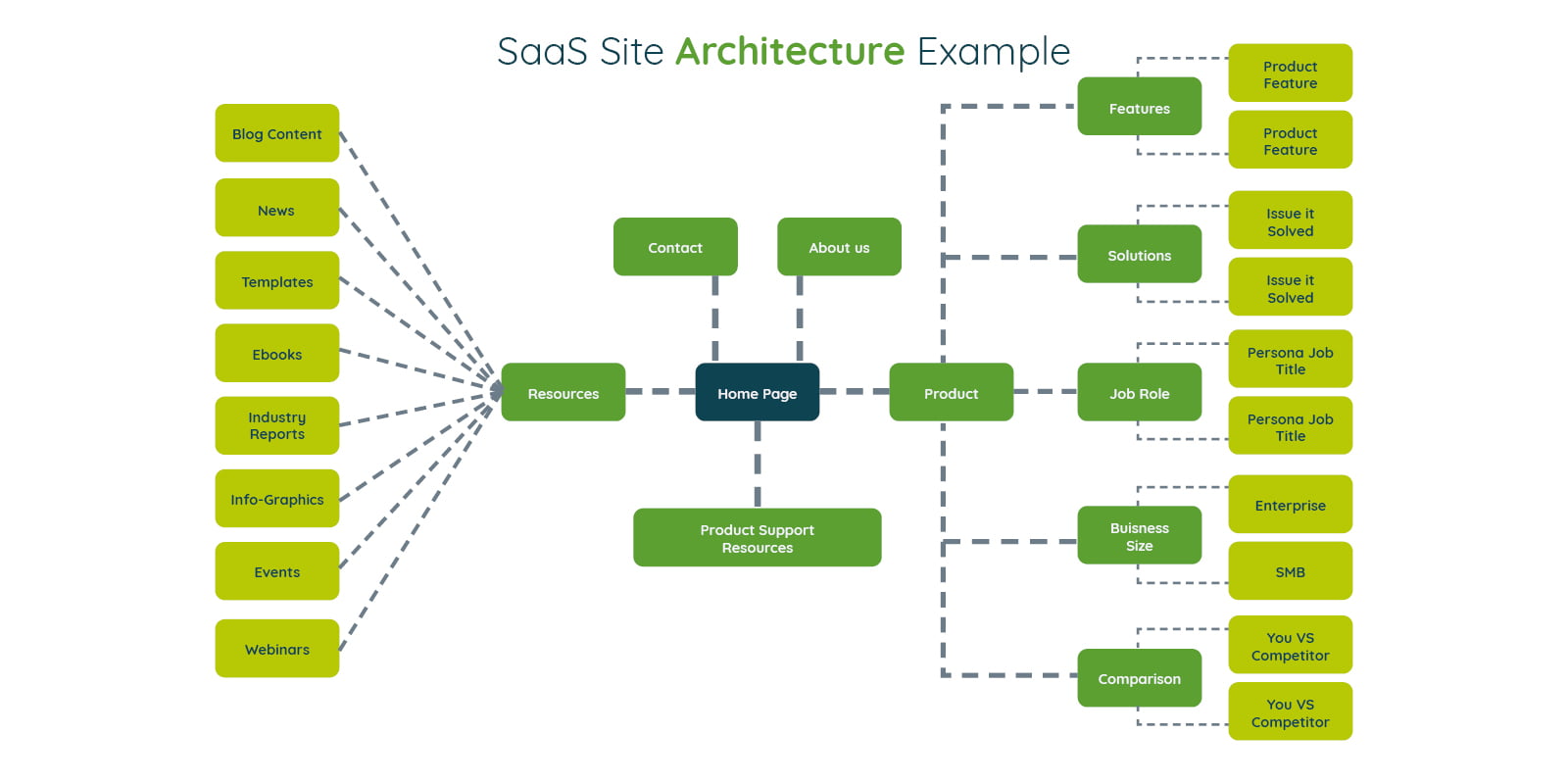
Conclusion:
By implementing the following 10 actionable tips, you can improve your website’s visibility, attract high-quality traffic, and establish your brand as a leader in the competitive SaaS industry:
- Make Sure You’re Targeting The Right Terms
- Naturally Generate Backlinks With Stats Roundup Posts
- Create Landing Pages For Every Solution, Use Case & Persona
- Create Comparison Pages To Target Vs Searches
- Implement The Technical SEO Basics On Your Site
- Identify Your Key Competitors & Identify What’s Working For Them
- Build Your Content Strategy Around Jobs To Be Done
- Utilise Guest Blogging
- Produce Content For Each Stage Of The Buyer Journey
- Internally Link To Your Important Landing Pages & Content
Start implementing these strategies today, and watch your organic traffic soar, providing your business with a sustainable and profitable future.
